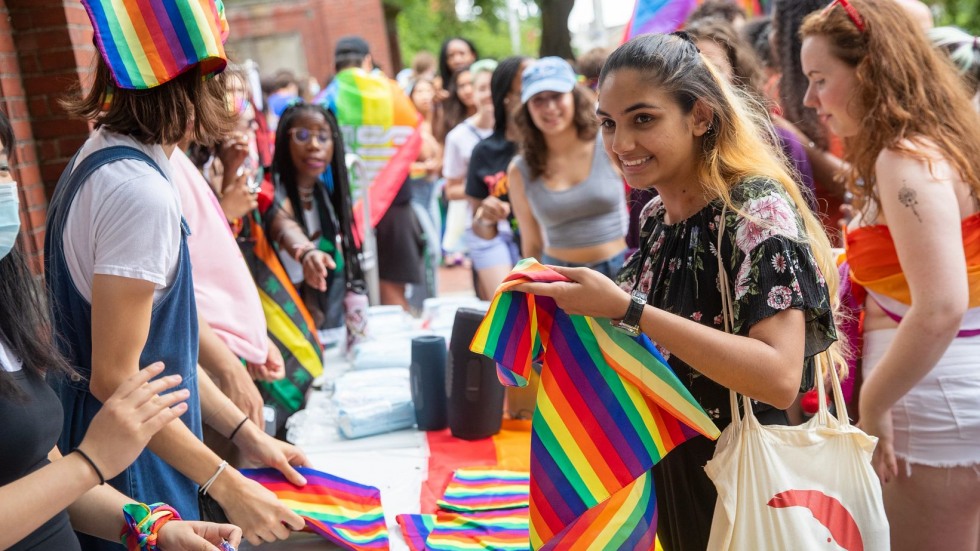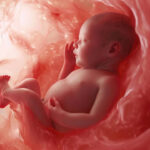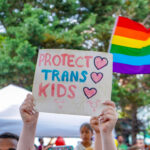LGBT+
College poll shows LGBT movement has influenced heterosexuals to identify as part of its ‘community’
By Jonathon Van Maren
As the LGBT+ acronym continues to accumulate more identities each year — that’s not hyperbole — so does the popularity of identifying as pretty much anything other than heterosexual. In fact, for decades the percentage of the population identifying as gay, lesbian, or bisexual was stable at under 3% — usually significantly lower. That has changed over the past 10 years as a society. A recent poll published by Brown University’s student newspaper, The Brown Daily Herald, for example, revealed that the number of students identifying somewhere on the LGBTetc spectrum has doubled since 2010.
In 2010, 14% of the student body identified as a member of the LGBT community — an astronomically high percentage relative to the rest of the population. According to The Brown Daily Herald’s poll published in its “Pride Month” special issue, a full 38% of students now identify as gay, queer, asexual, bisexual, pansexual, questioning, or “other.” Nobody has yet explained how this “community” can somehow contain both homosexuals and asexuals, or why the “questioning” or “other” students have also been drafted, but here we are. I’m sure they’ll all have a flag of their own soon — the current one can possibly fit more amendments.
The newspaper doesn’t cite the size of the student pool included in the poll, but last fall the Rhode Island Ivy League school had 7,222 undergrad students and 3,515 in master’s and medical programs. As the New York Post dryly reported, “The number of heterosexual students went down by 25.2% and homosexual students went up by 26% from fall 2010 to spring 2023 … About 7.2% of American adults identified as being non-heterosexual, according to a 2022 Gallup poll, up from 3.5% in 2012.”
Particularly interesting, however, is this bit:
Since The Herald first conducted a survey of sexual orientation on campus in 2010, Brown students identifying as lesbian and gay dropped by more than half from 46% to 22%. About 19% of that group were college-age members of Generation Z. The number of students identifying with other groups, however, soared: Bisexual students increased by 232%, and other LGBTQ+ groups rose by a collective 793%, The Herald found. Of the LGBTQ+ respondents, the most common orientation was bisexual at 53.7%.
Why is it that those identifying as gay and lesbian actually dropped while “other groups” skyrocketed? As gay activist Andrew Sullivan has noted, it is because identifying on the LGBT spectrum has become so popular as a sign of status that many straight kids have taken advantage of the multiplying number of identities available to them and decided to put themselves on the spectrum as well. In one essay, Sullivan noted that the overwhelming majority of those identifying as “bisexual” or “other” were, in fact, only in relationships with the opposite sex. They’d adopted the label, not the lifestyle.
READ THE REST OF THIS COLUMN HERE








